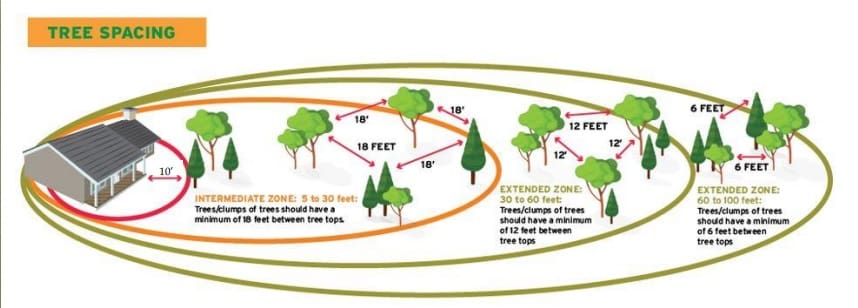July 25, 2024
millerins
Insuring homes in wildfire-prone areas is more challenging due to several factors:

- Higher Risk of Loss: Homes located in wildfire-prone areas are at a higher risk of being damaged or destroyed by wildfires. Insurers must factor in this increased likelihood of claims when setting premiums.
- Cost of Rebuilding: Rebuilding costs in wildfire areas can be higher due to specialized materials and construction requirements to reduce fire risk. This increases the potential payout for insurers in case of a claim.
- Frequency and Severity of Wildfires: Wildfires can occur frequently in certain regions, leading to a higher frequency of claims for insurers. Additionally, the severity of these wildfires can result in significant losses, making it financially risky for insurers.
- Climate Change Impact: Climate change has contributed to more frequent and intense wildfires in many areas. This unpredictability makes it harder for insurers to assess and manage risk effectively.
- Regulatory and Legal Factors: Regulatory changes and legal precedents can affect insurers’ ability to underwrite policies in wildfire-prone areas. In some cases, insurers may face restrictions on how they can mitigate or transfer wildfire risk.
- Availability of Coverage: In extreme cases, insurers may withdraw from certain high-risk areas altogether or offer limited coverage options, leaving homeowners with fewer choices and potentially higher premiums.
Due to these factors, insuring homes in wildfire areas requires insurers to carefully evaluate and price risk, which can result in higher premiums or limited coverage options for homeowners in these regions.
Categories: Blog
